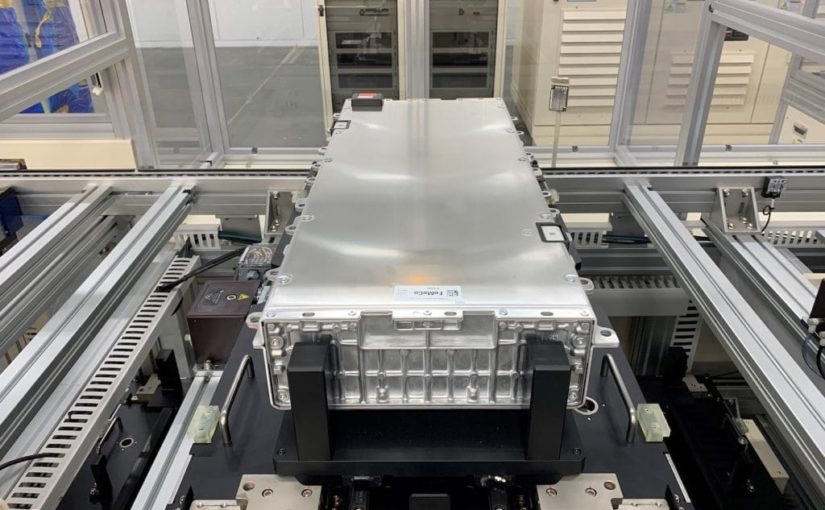Ford Motor Co. and its partner SK Innovation will invest a combined $11.4 billion to set up pair of battery plants in Kentucky, as well as a new EV assembly plant outside Memphis, the automaker announced Monday evening.
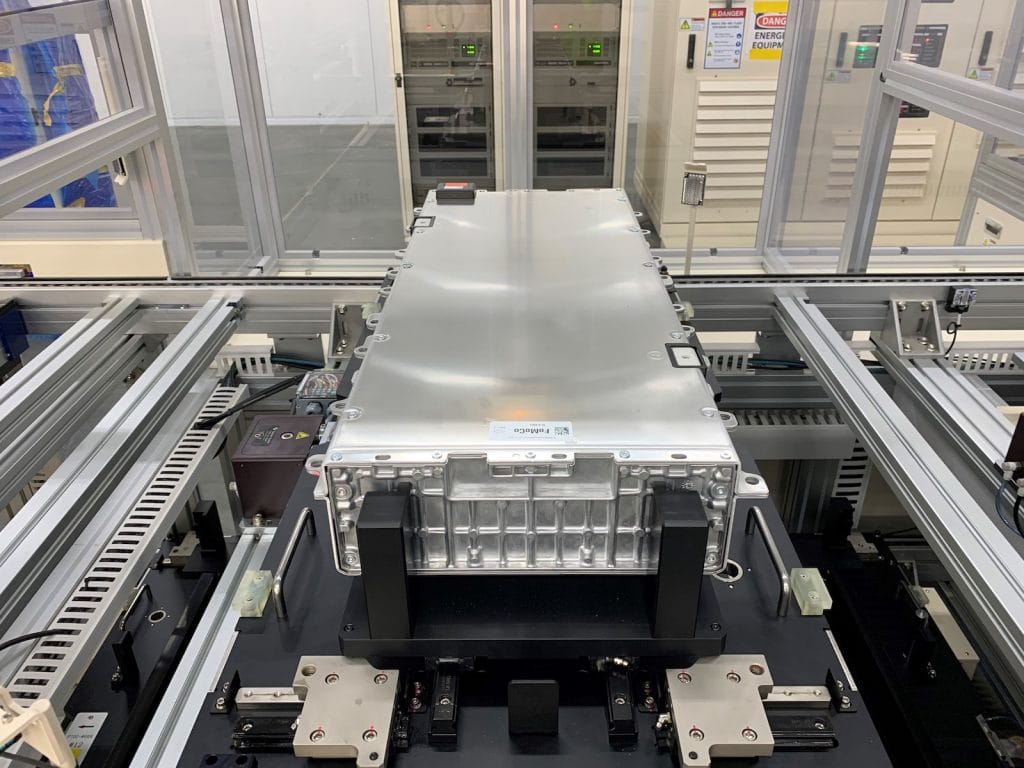
The Tennessee complex, which Ford dubbed “Blue Oval City,” will produce a new generation of all-electric F-Series pickups, from base models like the F-150 up to heavy-duty versions, said Lisa Drake, the automaker’s North American chief operating officer. The BlueOvalSK Battery Park, meanwhile, will handle everything from the processing of raw materials to the recycling of used batteries, which will provide basic components like lithium for the new batteries. All told, 11,000 jobs will be created.
The new facilities will become a cornerstone of Ford’s rapidly expanding shift from gas and diesel to battery-electric powertrains. CEO Jim Farley earlier this year announced a total of $30 billion in EV investments by 2025, with a goal of having all-electric models account for 40% of the carmaker’s total U.S. sales by the end of the decade.
A “pivotal moment”
If anything, the three new facilities provide “more upside” to go beyond the 40% EV target, said Drake, during a conference call with reporters Monday. She expects at least a third of all pickup buyers will go electric, noting a large share of those will be commercial users, such as fleets and contractors.
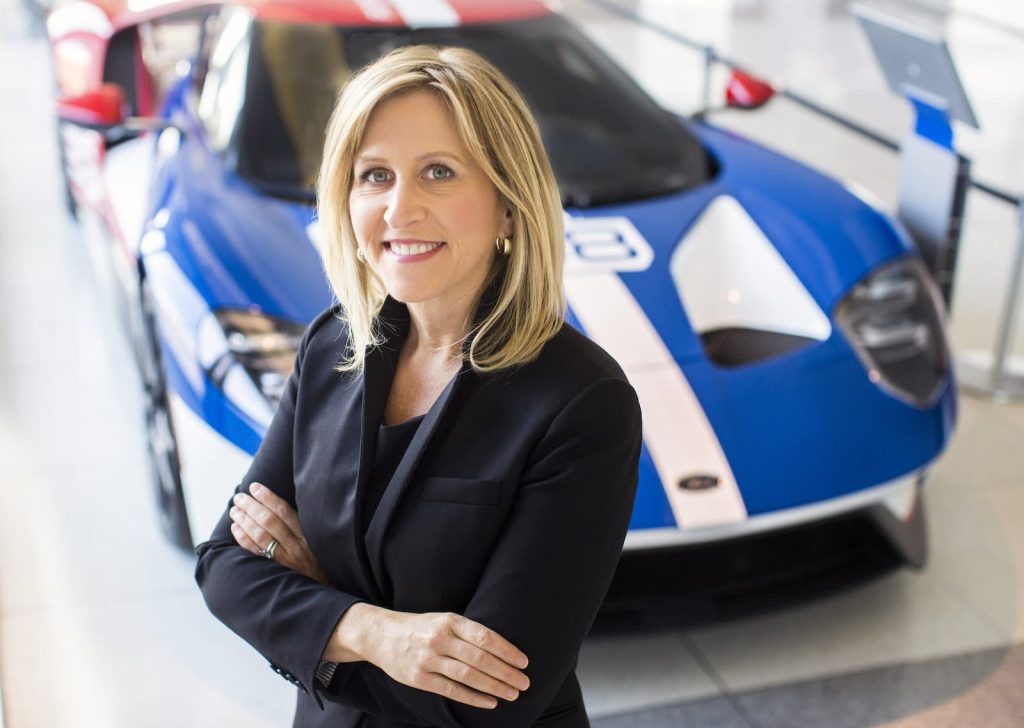
“This is a really pivotal moment for us,” said Drake, as Ford rapidly shifts its attention away from internal combustion technology. The automaker was an early pioneer in the use of “electrified” drivetrains, but fell behind key rivals, including not only General Motors but also upstart Tesla, in bringing out long-range battery-electric models. It launched its first direct Tesla rival, the Mustang Mach-E, late last year, and will start production of the F-150 Lightning next June. Initial demand for the battery pickup has been so strong Ford this month announced a $250 million investment to double its initial production capacity.
Blue Oval City will become Ford’s fourth U.S. plant building full-size pickups. At nearly six square miles, the facility will be fully three times larger than the Rouge complex in suburban Detroit which today focuses on the mainstream F-150 family — and will add the Lightning next year.
The Tennessee manufacturing facility will contain not only an assembly plant but numerous supplier operations. Many of those will focus on battery manufacturing. Ford has tied its EV future to SK Innovation, the South Korean battery company set to contribute about $4 billion of the total $11.4 billion in new investments announced Monday.
Billions and billions of watts
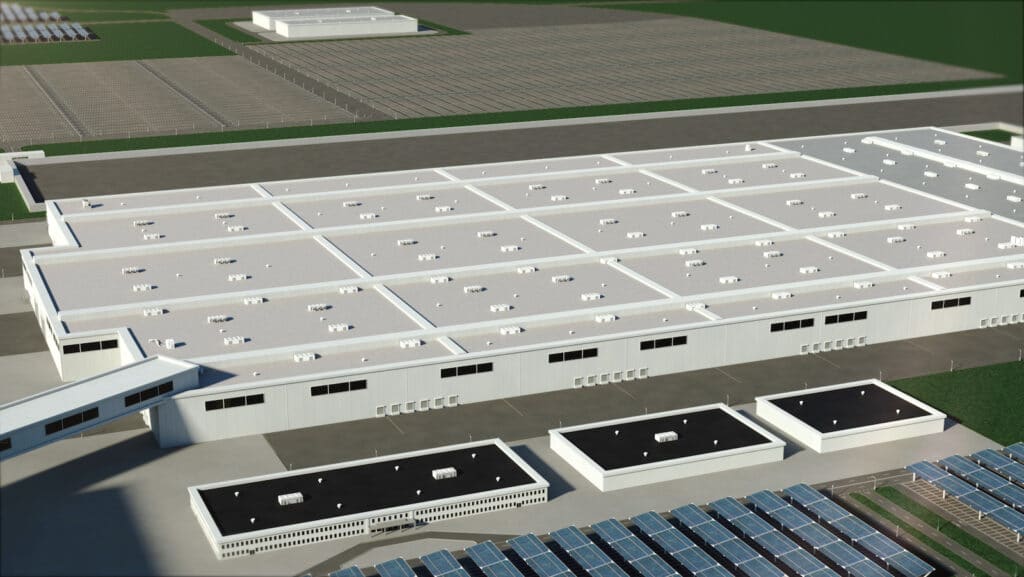
The Memphis complex will go into operation in calendar year 2025. That same year, the first of the two new battery plants in Kentucky will come in line. The second will follow a year later. Each of the three new battery factories — including the one at Blue Oval City — will have capacity to produce 43 gigawatt-hours of batteries annually. That’s enough to power about 1 million long-range BEVs like the Ford F-150 Lightning, said Drake.
That’s on top of two plants the partners announced over the summer with a combined output of 60 GWh. All told, that would give Ford enough batteries to power the roughly 1.5 million BEVs it expects to produce annually by decade’s end, noted Drake.
A key element of the new plan will see Ford and SK handle operations ranging from the processing of raw materials through to recycling. The end-of-life process will be handled by Nevada-based Redwood Materials. Eventually, Ford officials explained, they hope to create “zero waste” at the new EV operations. Old batteries will be dismantled, ground up and their raw materials used in new cells.
That, stressed Drake, will help reduce the cost of future batteries. Today, automakers spend about $150 per kilowatt-hour for individual cells, a figure that jumps to nearly $200 when the cost of the entire battery pack is considered. Ford and SK are targeting a pack price of around $80. For a vehicle like the Mustang Mach-E with a 300-mile, 98 kWh pack, that would reduce costs by well over $10,000 — putting it on a price par with a comparable, gas-powered vehicle.
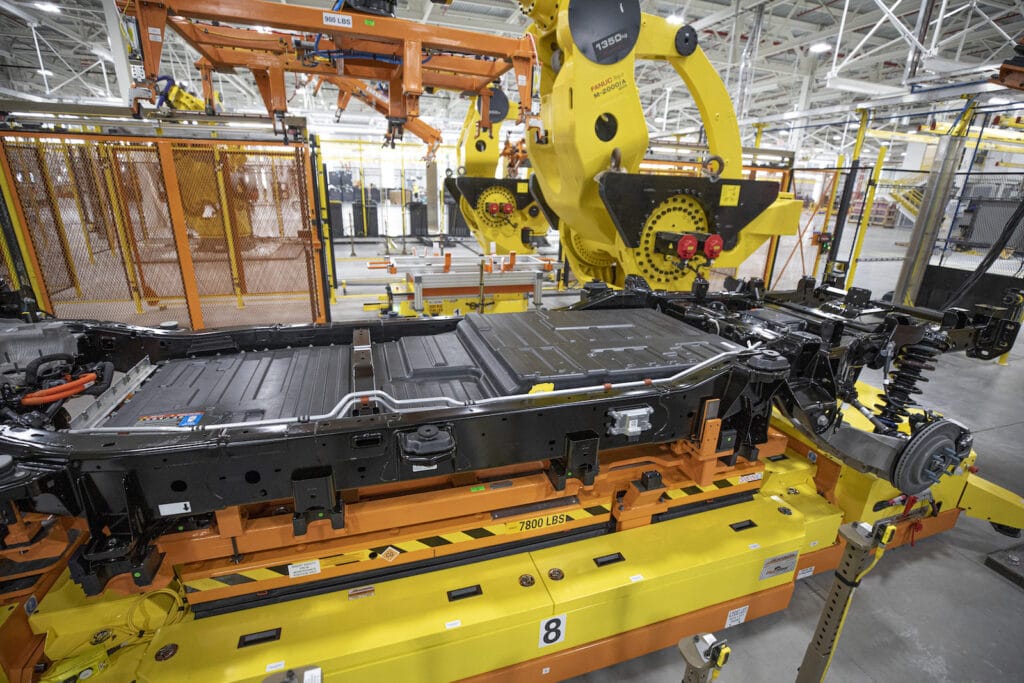
Blue Oval City to use new EV truck platform
Ford and SK officials offered few technical details about the vehicles that will be built at Blue Oval City. But the F-Series models built there — along with the next-generation model assembled in Michigan — will get an all-new, skateboard-like BEV platform specifically designed for truck applications. Insiders suggest it will be lighter, offer better range and offer other advantages based on relocating its motors and batteries underneath the load floor.
Blue Oval City will become the first completely new assembly plant Ford has set up in the U.S. since it made over the Rouge complex nearly 30 years ago. The new Electric Vehicle Center at the Rouge will only handle final assembly after bodies and chasses are put together and painted at the existing pickup plant.
Ford has broadly hinted that it plans to roll out all-electric versions of other “icon” models. That will include a battery-powered Explorer SUV which, according to Sam Fiorani, chief analyst with AutoForecast Solutions, should go into production around 2023.
The second-largest U.S. automaker also is developing an electric version of its Transit van. And, as TheDetroitBureau.com recently reported, new, all-electric replacements for the Ford Edge and Lincoln Nautilus SUVs are in development, as well. Those models are expected to go into the Ford plant in Oakville, Ontario.
“We are moving now to deliver breakthrough electric vehicles for the many rather than the few,” Ford CEO Jim Farley said in a statement. “It’s about creating good jobs that support American families, an ultra-efficient, carbon-neutral manufacturing system, and a growing business that delivers value for communities, dealers and shareholders.”
